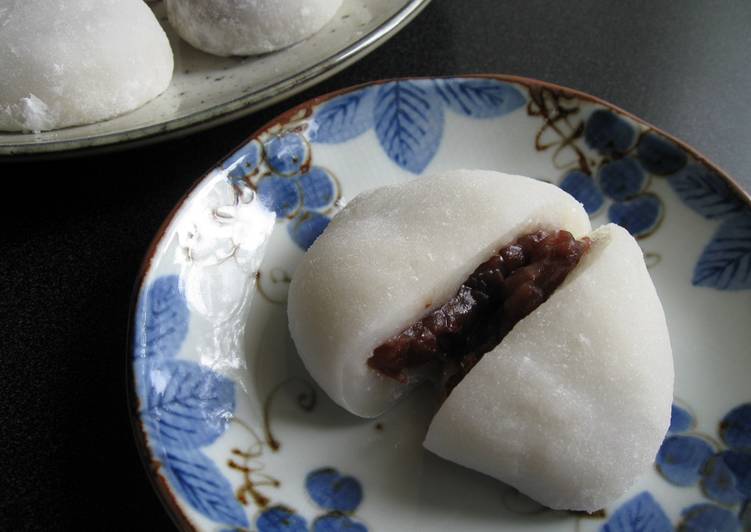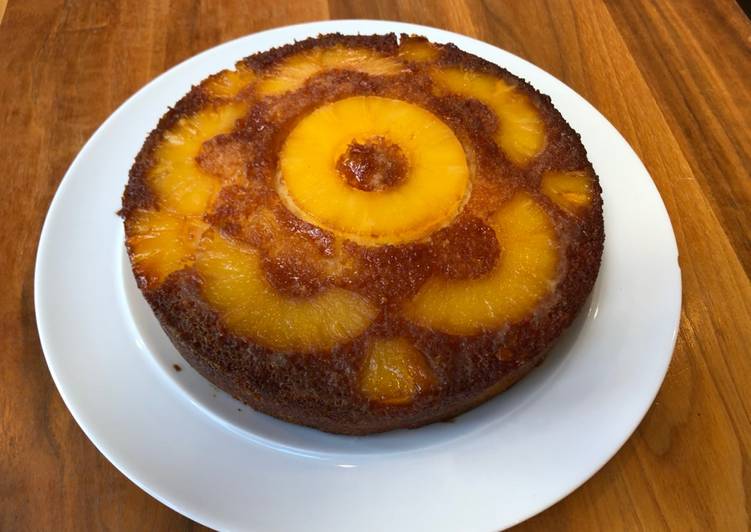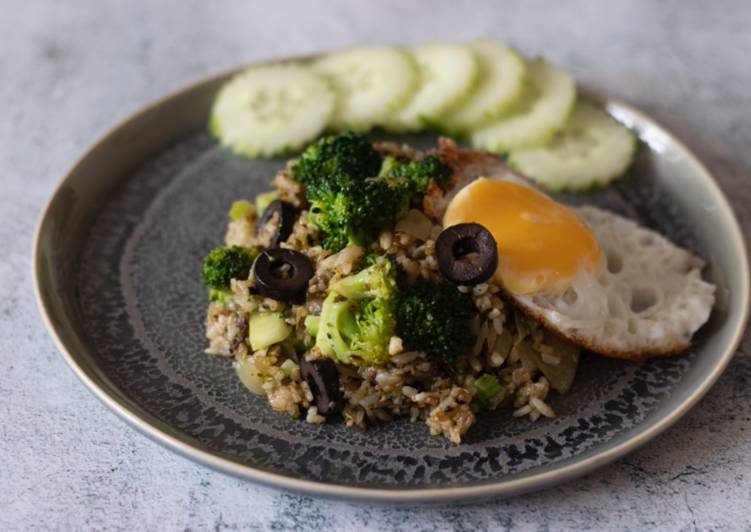
Hello everybody, it is Brad, welcome to my recipe site. Today, we’re going to prepare a special dish, daifuku mochi. One of my favorites. For mine, I am going to make it a little bit tasty. This will be really delicious.
Daifuku Mochi is one of the most well liked of current trending foods in the world. It’s appreciated by millions daily. It’s simple, it’s fast, it tastes yummy. They are nice and they look fantastic. Daifuku Mochi is something that I have loved my entire life.
Daifuku (大福) or Daifuku Mochi (大福餅) is a type of wagashi (和菓子), Japanese sweets. Daifuku is a popular Japanese snack and usually served with green tea. Watch How to Make Daifuku Mochi.
To begin with this recipe, we must prepare a few ingredients. You can have daifuku mochi using 6 ingredients and 9 steps. Here is how you cook it.
The ingredients needed to make Daifuku Mochi:
- Make ready 1 cup (220 g) Short Grain Glutinous Rice OR 220g Glutinous Rice Flour
- Make ready 1 cup (250 ml) Water
- Get 1 tablespoon Sugar
- Make ready 1 pinch Salt
- Prepare Potato Starch Flour to prevent Mochi to stick to hands
- Prepare 150 g ‘Azuki’ Red Bean Paste
Make apple daifuku mochi, a tasty dessert extremely popular in Japanese food culture, in the Daifuku mochi is very popular in Japanese food culture. This apple version gives a nod to American. Daifuku or Daifuku Mochi, is a type of wagashi, or Japanese sweet. It takes quite a bit of time to make mochi from scratch.
Instructions to make Daifuku Mochi:
- *Note: If you can purchase Japanese Glutinous Rice Flour, often called ‘Shiratamako’, use 220g of it and skip Process 2-3. Thai Glutinous Rice Flour can be used
- Wash Glutinous Rice and drain. Place in a bowl, add 1 cup Water and soak for 1-2 hours.
- Place the soaked Glutinous Rice and Water into a blender, and add Sugar and Salt. Process until smooth and the texture is like thick cream. Transfer the mixture to a heat-proof bowl.
- Alternatively, mix 220g Glutinous Rice Flour, 1 cup (250ml) Warm Water, Sugar and Salt in a heat-proof bowl.
- Cover the bowl with a plate, heat in the microwave for 1 minute, stir well with a wet spatular, and heat 2 more minutes or until the mixture is cooked through. When the colour becomes slightly transparent (not white), it is cooked. - *IMPORTANT: As the mixture is very sticky, wet the spatular with hot water frequently and sprinkle some hot water over the mixture as you stir.
- Spread plenty of Potato Starch on a large plate, using a wet spatular, take the thick and sticky ‘Mochi’ mixture onto the plate. Sprinkle extra Potato Starch Flour over the ‘Mochi’ as well. Set aside, because it is still too hot to handle.
- Roll a heaped teaspoon of Azuki paste into a ball. Make 10 balls.
- Remove excess Potato Starch from Mochi and divide into 10 portions.
- Flatten one portion of ‘Mochi’ and place one ball of Azuki paste in centre and draw the edges up to enclose. Repeat with the remaining ‘Mochi’ and Azuki paste.
You can also make mochi with shiratamako or mochiko (glutinous. Daifuku Mochi (Sweet Rice Cake): Eating Japan. Daifuku mochi most commonly comes filled with red bean paste, white bean paste, or sometimes a strawberry or other fruit with red bean paste. A few weeks ago, my friend Estérelle and I attended a Before we go any further, I think a semantics note is in order: strictly speaking, mochi is the name of a Japanese. Download Daifuku mochi stock photos at the best stock photography agency with millions of premium high quality, royalty-free stock photos, images and pictures at reasonable prices.
So that is going to wrap it up with this special food daifuku mochi recipe. Thanks so much for reading. I’m sure that you will make this at home. There’s gonna be interesting food in home recipes coming up. Don’t forget to bookmark this page on your browser, and share it to your family, friends and colleague. Thank you for reading. Go on get cooking!

